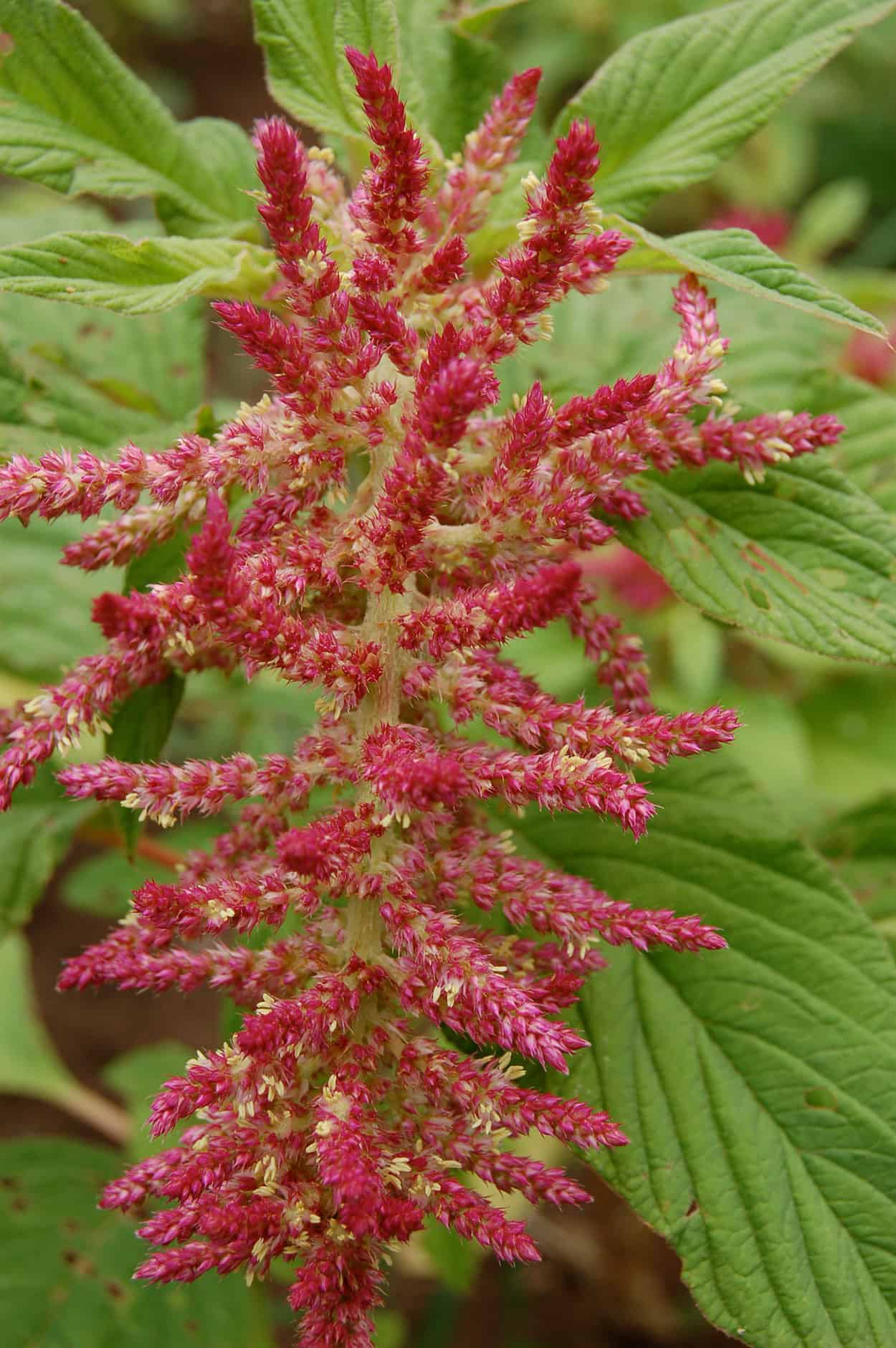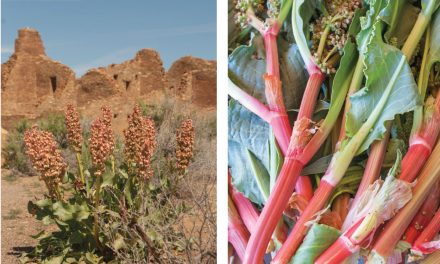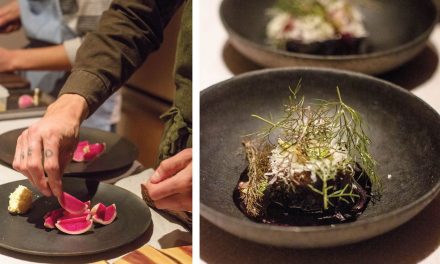A Powerful Grain is Getting its Due

Ancient grains are everywhere. From fast-food salad bowls to cooking shows, everyone is yapping about ancient grains. And they have been for a while. Not actually a bad thing, everything considered, but there is more to know about ancient grains like amaranth than they are ‘trendy.’
Amaranth is one grain – a ‘pseudo-grain’ actually, that is commonly included in the ‘ancient’ category. By ancient we don’t mean that the grains have come from a dusty bin in the back of a barn, waiting to be used for birdseed. We are talking about a grain that has been consistently grown, harvested, processed and eaten for hundreds if not thousands of years. These grains, like amaranth, are the chronological peers to cultivated rice, commonly from areas of the world where water is sparse. These grains have played an important, often life-saving role in cultures throughout time and have led to the current renaissance in using them for a number of reasons.
Amaranths, like most grains of any type, are virtually impossible to grow and harvest successfully in the home garden. Aside from the sheer acreage required to produce a usable crop, the beautiful magenta and lime green stalks of amaranth are natural bird feeders. Finding amaranth, however, has become much easier and a few small, local farms across the country are producing the grain in addition to the big producers and users.
Growing amaranth is not particularly hard and it does grow beautifully in many parts of the country. As a broad-leafed plant and not a grass like rice, it can be conventionally seeded or planted in garden beds adding bright green leaves and the cascading, colorful seed heads that mature in late summer and are ready to harvest in the fall. It’s these drooping heads that contain the thousands of tiny high-protein seeds that – when mature and dry, can explode their seeds to the four corners of your garden. You can never grow just one amaranth plant, nor for just one season, and the birds don’t help much either. Plants will sprout up in the spring in the most unusual places.

Amaranth’s current popularity can be partially attributed to its status as a gluten-free grain and subsequent flour. Amaranth is also packed with protein, potassium, amino acids and minerals – making these tiny seeds serious nutritional powerhouses. It is very easy to see why they have been in cultivation and use for so long. Amaranth is a complete protein – vital in human growth and wellness especially in diets where diversity is limited. As it also contains high levels of fiber and potassium it is seriously heart-healthy food too.
Amaranth is cooked easily by steaming or boiling but it can also be popped, baked or ground into flour. Without gluten, amaranth flour tends to be heavy and you’ll often find it blended with other flours and leavening agents for gluten-free baking. It is a somewhat neutral background to other flavors, using stock, broth or wine when steaming or boiling the grains for use in a recipe can enhance its flavor.
Flaked amaranth, in the style of oatmeal, is also making its way onto the market as serious demand for this nutritious grain continues to expand – especially with the recent high-demand for gluten-free options for all types of meals and recipes.
Finding amaranth, both whole grain and as a flour, used to be a lesson in frustration but not anymore. While small, local farmers may not be able to provide a consistent source, the continuing popularity of the ancient grains will ensure them a place on grocers’ shelves. And if you’ve never cooked with it before, now’s the time to throw something ‘ancient’ into your grain repertoire.
Edible celebrates New Mexico's food culture, season by season. We believe that knowing where our food comes from is a powerful thing. With our high-quality, aesthetically pleasing and informative publication, we inspire readers to support and celebrate the growers, producers, chefs, beverage and food artisans, and other food professionals in our community.
















